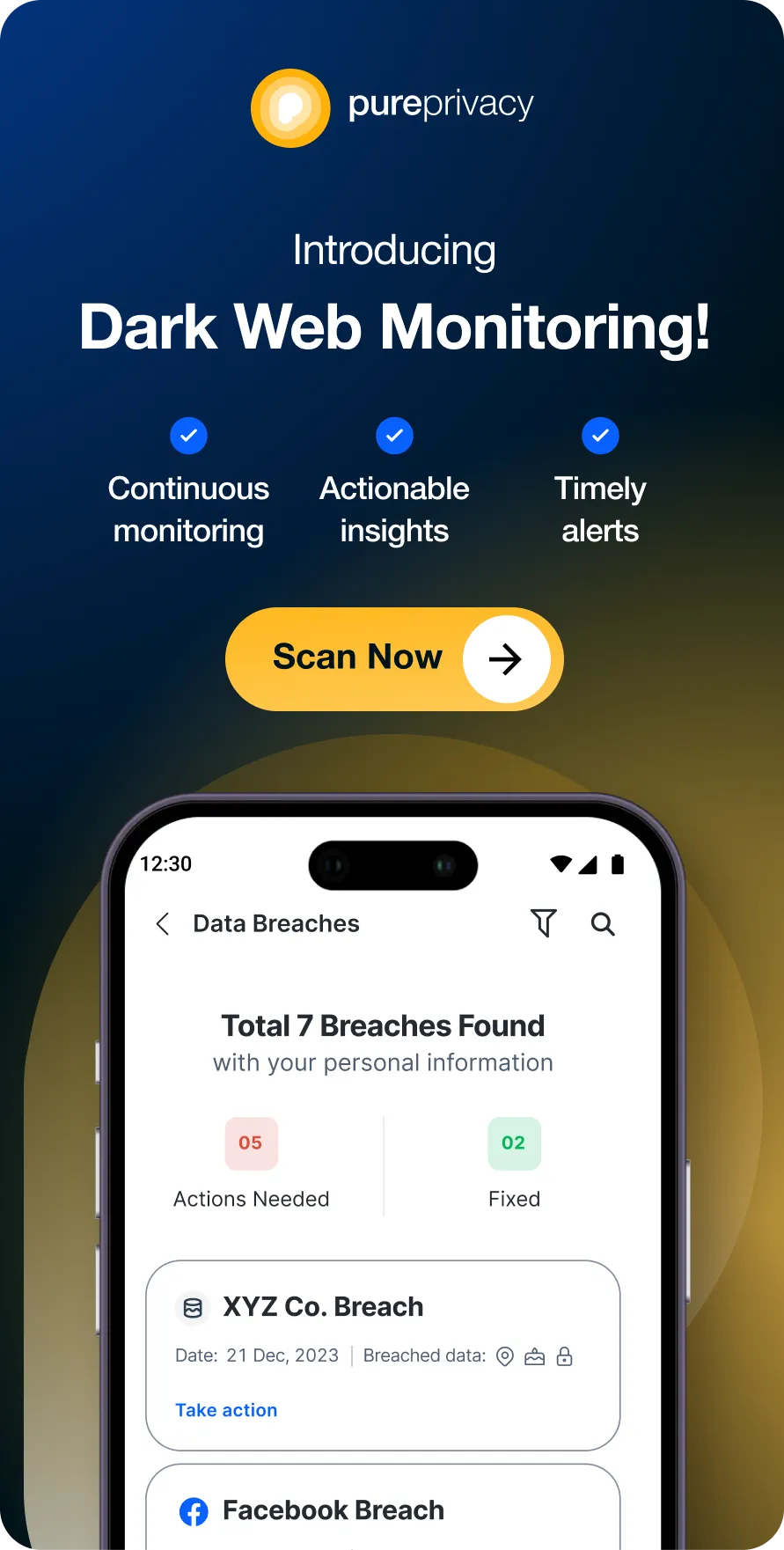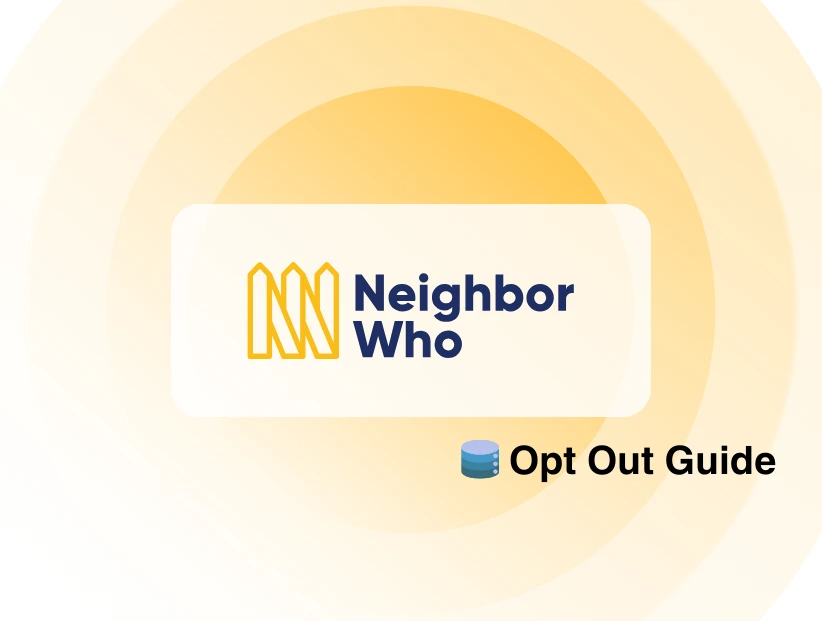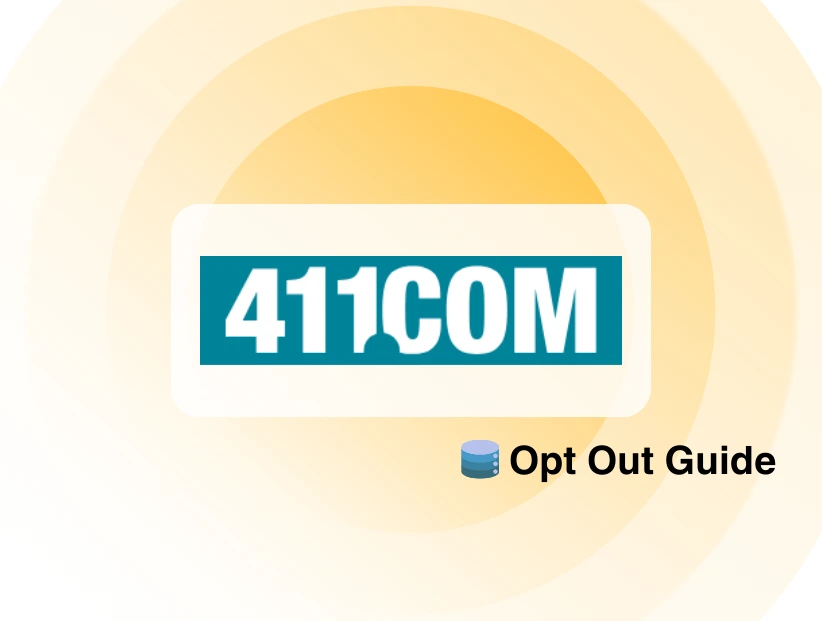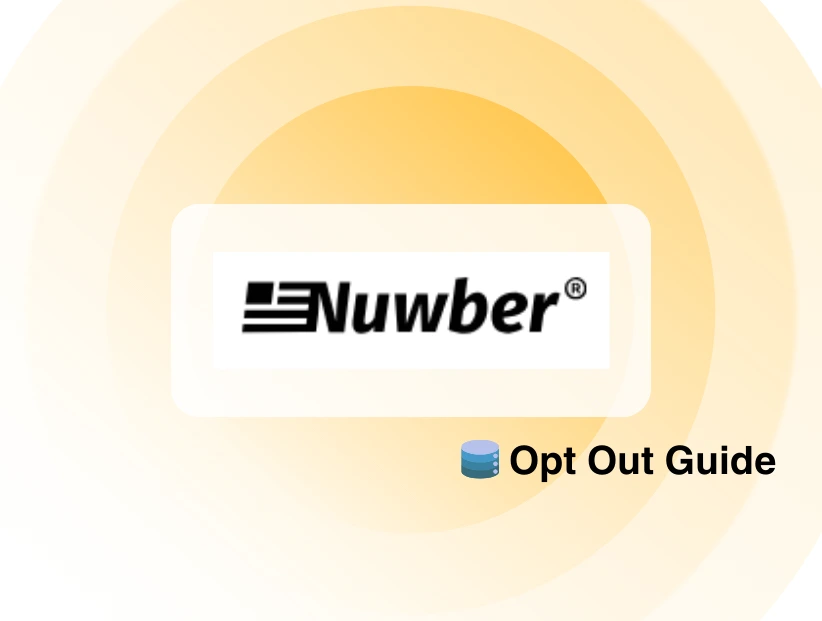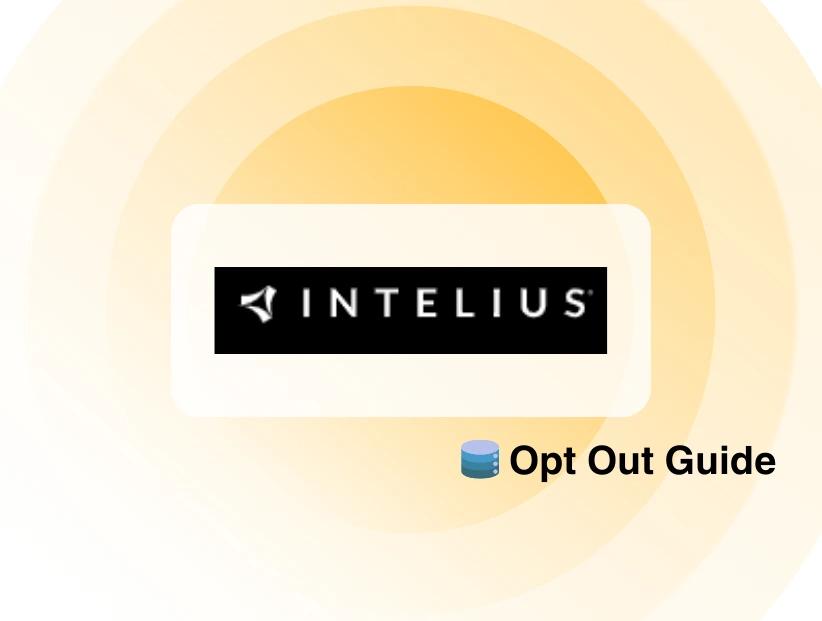The Ubiquiti Dream Machine Pro (UDM Pro) is a device for managing networks. However, it sometimes has network congestion that can disrupt gaming. Port forwarding is a simple way to fix this issue.
This guide describes how port forwarding can enhance your system and assist you in resolving issues and handling ports effortlessly.
Why Port Forwarding Matters for UDM Pro Users
For UDM Pro users, it can be a game-changer for various reasons:
Enhanced Communication
To be competitive, apps such as voice chat tools, gaming servers, and remote desktops require seamless communications. By directing the appropriate traffic directly to the activity, port forwarding eliminates the latency.
Lower Latency
Proper port forwarding slashes lag from packet checks and routing, keeping your ping low and gameplay smooth which is essential for online gaming and streaming.
Fixing Dropout Issues
Bad port setups or blockages can wreck your connection. Port forwarding smooths it out by creating straight-up direct lanes for your data flow.
How to Identify Ports for Your Specific Application or Game
Before setting up port forwarding, you need to identify which ports are used by your game or program. Execute things like this:
- Check Official Documentation
Most games and apps drop their needed port specs in the official docs or support pages. Scope out TCP, UDP, or both to keep it pro.
- Use Online Port Databases
Websites like PureVPN provide detailed lists of ports for popular applications and games.
- Monitor Network Traffic
The ports that your apps utilize, while they are running may be found in the built-in logging function of UDM Pro.
How to Open Ports on UDM Pro
Follow this straightforward process to configure your device for port forwarding:
Access UDM Pro Settings
- Log in to your UDM Pro’s web interface through your browser.
- Navigate to the “Settings” menu and select “Firewall & Security.”
Add a Port Forwarding Rule
- Click on “Port Forwarding.”
- Select “Create New Rule.”
Define Rule Parameters
- Provide the rule with a name to make it simpler to find.
- The external IP address that will access the port should be specified as the source IP. Alternatively, it can be left at "Any" for all external traffic.
- Enter the device's local IP address to forward traffic to the destination IP.
- Based on your program or game, provide the internal and outside port range.
- Specify the appropriate protocol (TCP, UDP, or both).
Save and Apply
- Save the rule and ensure the UDM Pro applies the changes.
- Restart your device if necessary.
Main Ports to Open Services on UDM Pro
Here are some commonly used ports for popular applications and services:
Gaming Platforms
- Xbox Live: 3074 (UDP), 88 (UDP), 53 (UDP/TCP)
- PlayStation Network: 3478–3480 (UDP), 80 (TCP)
- Steam: 27015–27030 (UDP), 27036–27037 (TCP)
Remote Desktop and VPNs
- Remote Desktop Protocol (RDP): 3389 (TCP/UDP)
- OpenVPN: 1194 (UDP)
Media Servers
- Plex Media Server: 32400 (TCP)
Web Services
- HTTP: 80 (TCP)
- HTTPS: 443 (TCP)
Make sure you only open the necessary ports to minimize security risks.
How to Test and Verify Port Forwarding Setup on the UDM Pro
After configuring port forwarding, verify that your setup is functioning correctly:
Use port checkers online
Search WhatIsMyIP on the browser to test whether your ports are open and accessible.
Examine using applications
Try using the application or game associated with the forwarded ports to confirm that it’s functioning without issues.
Record and Track Traffic
The UDM Pro’s logging features can provide insights into traffic flow and help troubleshoot any issues.
Look for Conflicts
Ensure no other firewall or security rules are interfering with the forwarded ports.
How to Manage Multiple Port Forwarding Rules on the UDM Pro
It might be difficult to balance several port forwarding rules, particularly when games or apps require overlapping ports. Take a look at these expert leveling tips:
- Assign descriptive names to each rule for easier identification (e.g., “GameServer_Port_1234”).
- Ensure no two rules forward the same external port to different internal devices.
- To make management easier, think about combining all services that use nearby ports into a single range.
- Periodically review and delete outdated or unused rules to keep your setup clean and efficient.
Why Does CGNAT Block Port Forwarding?
CGNAT (Carrier-NAT) can make forwarding ports on your UDM Pro router difficult, as devices behind CGNAT do not have a public IP address. It means that you cannot access them from the Internet. So, how to break through it? We have the perfect guide on how you can easily overcome the CGNAT barrier without breaking a sweat.
How to Open Ports Behind CGNAT
Are you tired of struggling with your router's complicated port forwarding process? Do you find yourself limited by your ISP or operating system's firewall? Use PureVPN's Port Forwarding add-on. Here's how it works:
- Log into the Members Area of PureVPN.
- Go to the Subscription tab.
- Navigate to Configure.
- Select the required Port Settings.
- Click Apply Settings.
| Problem | Impact | Solution |
| Double NAT | Difficulty accessing devices or services hosted on the network behind the second router from the internet. | Optimize router configurationConsider alternative network topologiesAdvanced techniques |
| Conflicting Port Forwarding Rules | Traffic might be directed to the wrong device, causing connection issues or data corruption. | Optimize router configurationConfigure port forwarding correctlyAvoid conflicts |
| Firewall Interference | Difficulty in establishing connections to devices or services on the network. | Optimize router configurationConsider firewall rules |
| IP Address Management | Incorrect IP address assignments can lead to routing problems and inaccessibility. | Utilize DMZ (Demilitarized Zone)Delegate to Secondary RouterReserve IP address |
| UPnP Incompatibility | Manual port forwarding configuration might be required for devices that rely on UPnP. | Consider firewall rules |
| Router Compatibility | Difficulty in establishing a stable and functional network connection. | Consider alternative network topologies Advanced techniques |
| Troubleshooting Complexity | Increased time and effort required to identify and resolve network problems. | Various Troubleshooting Tips that might not fit at large. |
Frequently Asked Questions (FAQs)
-
What causes internet dropouts on the UDM Pro?

Lag spikes and disconnects are usually caused by messed-up firewall settings, rule clashes, or your ISP being a bottleneck.
-
Are there security risks with port forwarding?

Yes, leaving random ports open is like leaving your base undefended—invites the trolls and hackers. Lock it down to trusted IPs and use boss-level passwords!
-
Can I forward the same port to multiple devices?

No, more than one internal device cannot be connected to a single exterior port. If required, switch between external ports.
-
What’s the difference between TCP and UDP?

TCP is perfect for applications like web surfing since it is connection-oriented and guarantees data dependability.
Faster but less dependable, UDP is good for streaming and gaming.
To Sum Up
Port forwarding helps UDM Pro users who are struggling with lag spikes or disconnects. To keep your games and apps running smoothly, learn the ports, set them upright, and keep them in check. With PureVPN’s port forwarding add-on and dedicated IP, you can easily open ports on routers behind CGNAT.
